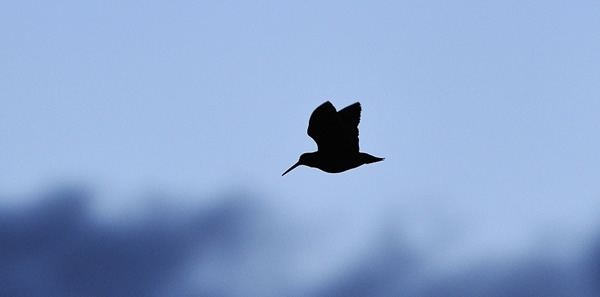
By Chris Heward, Wetlands Research Assistant
The GWCT, in conjunction with the British Trust for Ornithology (BTO), co-ordinate a national survey of Britain’s breeding woodcock population. This involved volunteers across the country conducting dusks counts of displaying male woodcock in 2003 and 2013.
Between the ten-yearly surveys, some volunteers have been continuing to visit their survey sites on an annual basis. These yearly counts help ‘fill in the gaps’ between the large-scale national surveys and give us an impression of annual variation in woodcock numbers.
We are appealing for volunteers to take part in these counts and we would like your help regardless of whether you took part in the 2013 survey. We require volunteers to make three dusk visits, in May and June, to count displaying woodcock at a woodland site. Roding woodcock are easily identified, so there’s no need to be an experienced ornithologist, and there are online resources to familiarise yourself with the species’ display call.
Survey sites are pre-selected ‘1-km squares’ chosen for the 2003 national survey. There are lots available, so the chances are there is a survey site near you. To view available sites, and register your interest in a particular square, please visit the BTO survey page and ‘register’ here. You can also find more information about what the surveys involve via these pages.
Surveying an existing square is more valuable to us, as it builds on existing historic counts and provides a measure of population trend over time. But if you wish to survey a particular wood that is not available, please contact Chris Heward (cheward@gwct.org.uk), as at it may be possible to incorporate this.
Counting roding woodcock is an interesting way to observe this popular species and provides valuable data to our research team.
We are grateful to all of those who already conduct an annual count and are keen to encourage new volunteers.
Please contribute to our vital woodcock research